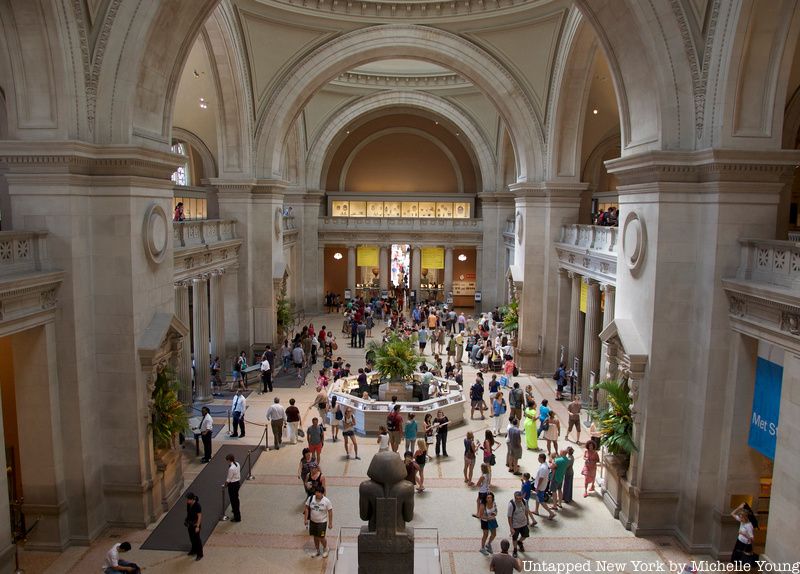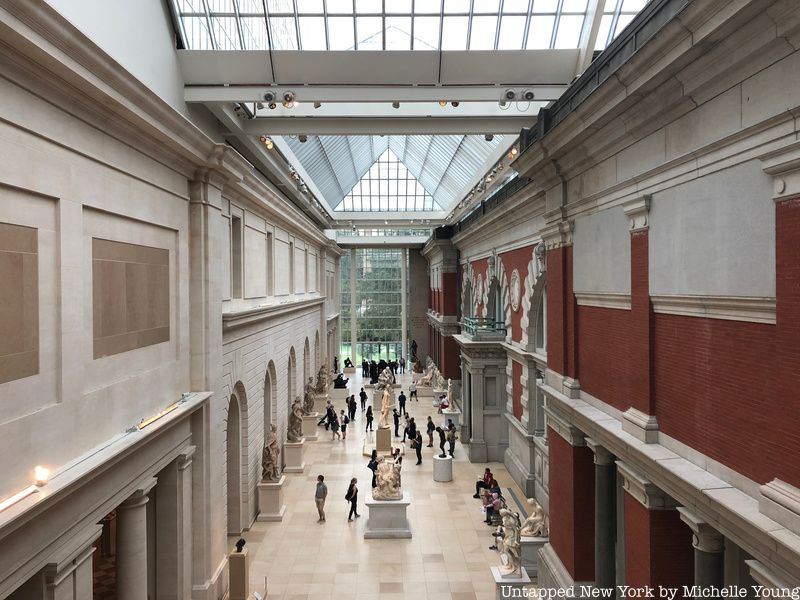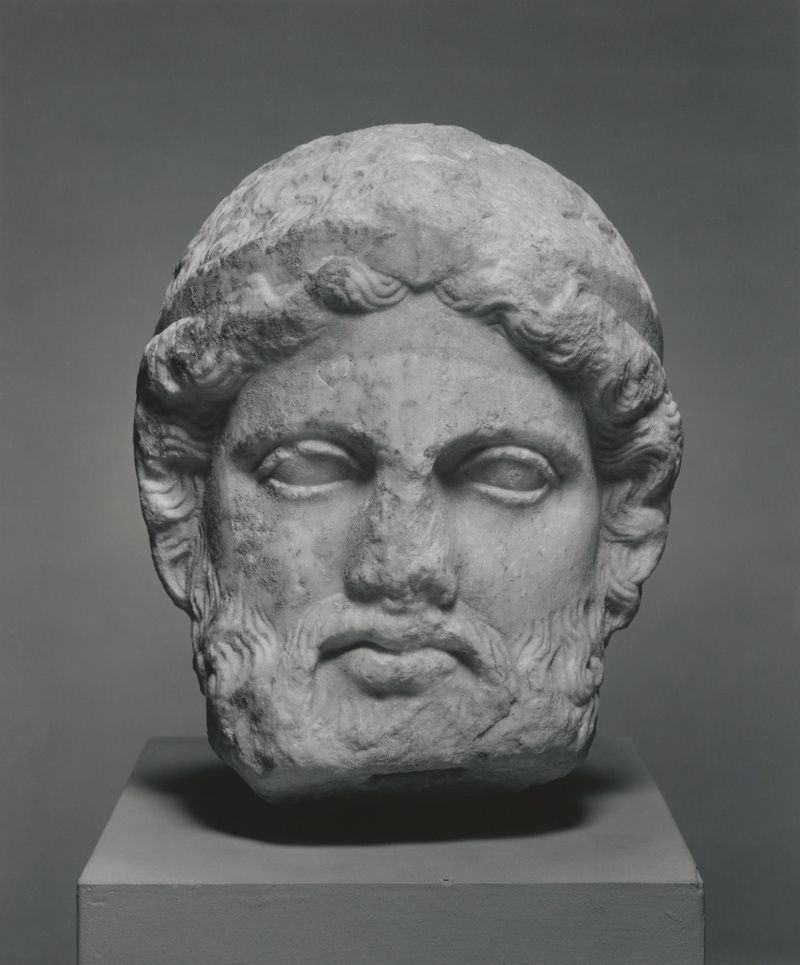Last Chance to Catch NYC's Holiday Notalgia Train
We met the voices of the NYC subway on our nostalgia ride this weekend!

Is stolen art a good Valentine's Day gift? Uncover the story of a famous unsolved Valentine's heist at The Met from the 1970s!

The Metropolitan Museum of Art stretches over 2.2 million square feet and houses more than 1 million objects. Though there are so many items spread out over so much space, the Met guards its treasures very tightly. Thanks to its state-of-the-art security systems and hundreds of guards on duty, in its more than 150-year history, the museum has been the victim of mercifully few heists. The most famous and perplexing Met heist happened the week of Valentine’s Day in 1979.

On Friday, February 10th, 1979, the Met Museum was teeming with visitors eager to see the Treasures of Tutankhamun exhibit. The exhibit, which debuted in 1976, attracted record-breaking crowds and was set to close that year. It was one of the first “blockbuster” museum exhibits. Until 2018, the King Tut exhibit held the record for most visitors, nearly 1.4 million (the record was broken by the Met’s Heavenly Bodies: Fashion and the Catholic Imagination exhibit with 1.6 million visitors).
While the exhibit was buzzing, a change of guard was taking place in another part of the museum at the Cypriot gallery corridor. For just ten minutes, from 3:15 PM to 3:25 PM, the ancient sculptures were left unsupervised. In that short time, a 2,500-year-old sculpture – a marble head of Hermes – was swiped from its wooden pedestal.

According to The New York Times, the Museum paid a private collector $15,000 for the head in 1959. When the 20-pound marble sculpture was stolen, it was conservatively valued at $150,000. The museum describes the piece as a herm head or a decorative piece that was placed at the end of a rectangular pillar. It is likely a depiction of the god Hermes, guardian of roads and doorways, the divine messenger, and ironically, the god of thieves.
Once it became known that the piece was stolen, the entire museum was put on special alert. All areas were thoroughly searched and everyone leaving the museum had their bags checked. The Museum called in assistance from the FBI and the NYPD. It would be days until there was any type of break in the case.

On Valentine’s Day, a telephone tip came into a security officer at Rockefeller Center. The mysterious caller simply told the officer that the stolen sculpture could be found inside locker No. 5514 at Grand Central Terminal. Within minutes of the call, detectives from the Midtown North precinct were on their way to the terminal. Using a pocket knife to break into the locker, the detectives found the sculpture covered by an old piece of white cloth.
The piece was returned to the Met, with some slight variations. When the sculpture was stolen, it had a small heart shape carved above its left eye. The source of this mark was unknown. When the sculpture returned to the museum, there was a new heart carved above its right eye. The accession number, which was painted onto the back of the sculpture, was also removed. Was the new heart-shaped mark a sign that the head was stolen as a Valentine’s Day gift? Did the recipient get nervous and turn it in?
Though the locker was tested for fingerprints, no one was arrested for the theft. Officials from the Met deemed this Valentine’s robbery the first major Met heist in the museum’s history, but there have been multiple before and after. Former museum guard Patrick Bringley recounts a few of the historic heists in his new memoir All the Beauty in the World. You can hear Bringley recount some of his stories from the Met in a virtual talk available for free to all members at the Fan tier or higher in our video archive of over 300 recorded virtual events!
Next, check out 10 Secrets of the Metropolitan Museum of Art
This post contains affiliate links, which means Untapped New York earns a commission. There is no extra cost to you and the commissions earned help support our mission of independent journalism!
Subscribe to our newsletter